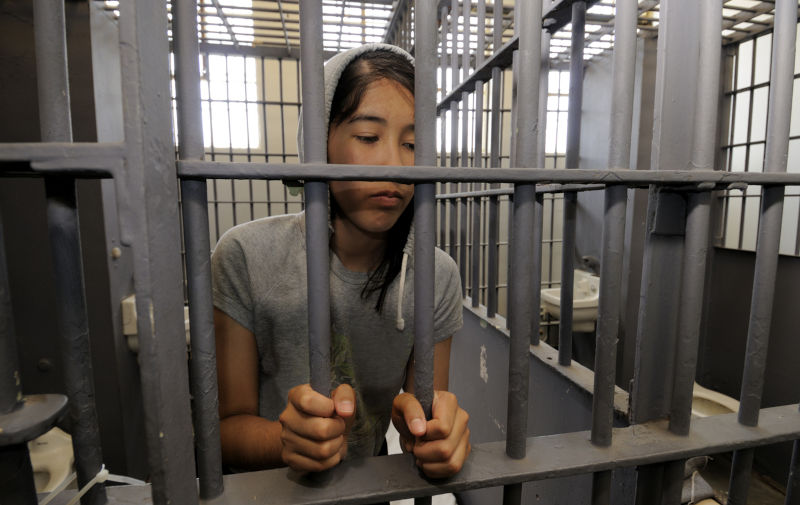Incarceration is widely seen as the ultimate penalty (short of execution), and so, serious, and not-so-serious, offences are measured by the extent of the jail term. The question is, does that achieve the aims of the criminal justice system? Is incarceration a deterrent, and does it reduce the risk of re-offending? The answer provided by all the evidence, is a resounding “NO”. So what is a legislator or judicial officer to do?
Legislators have had the benefit of in-house legal research, leading to legislation enjoining judicial officers to use incarceration “as a last resort”. Populist politicians have ignored this by “upping the ante” with promises (at election times) of heavier penalties, failing to tell the people that heavier penalties are not working, either in reducing the crime rate, or reducing the number of people who re-offend. Criminologists have long shown that incarceration makes hardened criminals instead of stopping them. The sad statistical truth is that once a person has been incarcerated, a return to jail is a 90% probability. Almost any alternative must work better to improve the crime rate. Let us all remember, as government bean counters don’t, that it costs nearly $200,00 a year to keep someone incarcerated. Not great on an economist’s cost/benefit analysis.
Before we turn to what can be done, we should look at the origins of the problem the system seeks to solve (as they are not, in the NT and WA): “Juvenile Crime”. That children (even up to the age of 16) are capable of the required level of intent (mens rea at law) sufficient to establish guilt is highly questionable, and psychological research indicates not. Reducing the age of criminal liability back to 10 is not only unfair and not supported by any research, but also has little to do with justice. The age of criminal liability should be no less than 16. Next look at the effect of incarceration, quaintly called “juvenile detention”. Those who go into that detention have a 90% chance of “graduating” to goal. Bean counters note: it costs about the same per detainee per annum to do it. That is $200,000 p/a. As a self-serving digression, I simply say that when I was children’s magistrate at Port Kembla in 2005, I did not send any children into detention, and my registrar had to admit, it made no difference to the juvenile crime rate.
So, where do we go from here? What works better? Non-custodial penalties. Serious supervision, in the community, rather than being a”mere slap on the wrist” actually makes more of a commitment by the offender to undergo supervision and do community work, than sitting in goal doing time in the gym and consuming illicitly supplied drugs! Supervision in the community has the advantage of possibly keeping the offender in work and probably accommodation. The addition of something like the British bail hostels could provide both secure home and sufficient supervision, away from the likes of other goal inmates, improving the chance of not re-offending.
With children, the answers are all about putting the young person into the right environment. For Aboriginal children, who are now incarcerated at 20 times the rate of non-Aboriginal children, the social disadvantage of all First Nations people should be addressed and not treated with the contempt that “if you don’t know, vote no” suggests. Our politicians must, sooner or later, address the problem that our first nations are seriously disadvantaged, and everything from healthcare, housing and social services have to be brought up to the general standard.
The system presently has “intensive corrections orders” and supervised bonds, which have more chance of success than incarceration, and have the advantage of being much cheaper. The more we can keep First Nations people, the poor, and the mentally unfit out of our jails and juvenile detention centres, the more decent our society will be.
Jim Coombs is a retired magistrate and economist, who worked for 10 years in the nuclear industry.
